-
*Astrella.
User deleted
Pixie! Pixie! Looking for Pixies!

Pixies (also pixy, pixi, pizkie, piskies and pigsies as they are sometimes known in Cornwall) are mythical creatures of folklore, considered to be particularly concentrated in the high moorland areas around Devon and Cornwall, suggesting some Celtic origin for the belief and name.
Akin to the Irish and Scottish Aos Sí, pixies are believed to inhabit ancient underground ancestor sites such as stone circles, barrows, dolmens, ringfort or menhirs.
In traditional regional lore, pixies are generally benign, mischievous, short of stature and attractively childlike; they are fond of dancing and gather outdoors in huge numbers to dance or sometimes wrestle, through the night, demonstrating parallels with the Cornish plen-an-gwary and Breton Fest Noz (Cornish: troyl) folk celebrations originating in the medieval period.
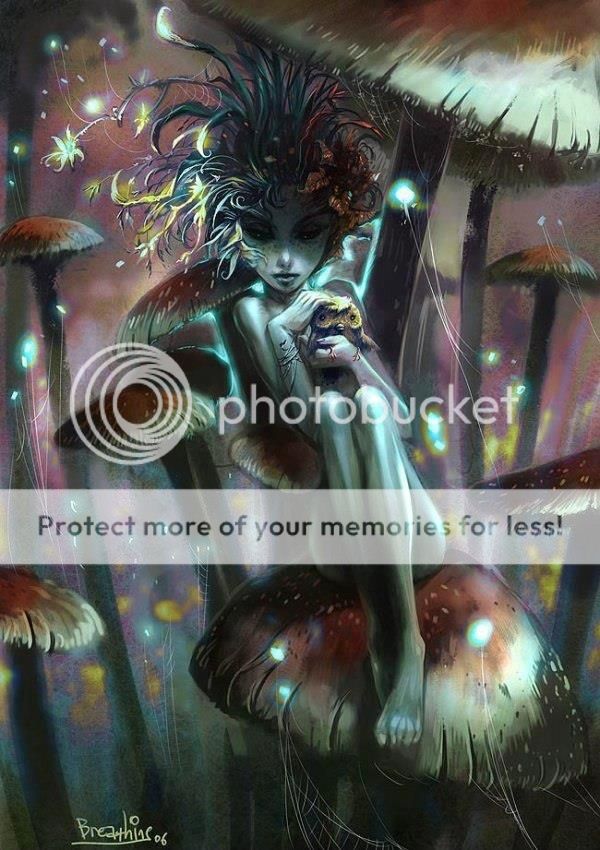
In modern times they are usually depicted with pointed ears, and often wearing a green outfit and pointed hat. Sometimes their eyes are described as being pointed upwards at the temple ends. These, however, are Victorian era conventions and not part of the older mythology.
In modern use, the term can be synonymous with fairies or sprites. However, in folklore there is a traditional enmity, even war, between the two races.Etymology and origin
The origin of the name pixie is uncertain. Some have speculated that it comes from the Swedish dialectal pyske meaning wee little fairy. Others, however, have disputed this, given there is no plausible case for Nordic dialectical survivals in southwest Britiain, and claiming instead that due to the Cornish origin of the piskie that the term is more probably Celtic in origin, though no direct ancestor of the word is known, however the term Pobel Vean ('Little People') is often used to refer to them collectively.
Very similar analogues exist in closely related Irish (Aos Si) and Breton (korrigan) culture, although their common names are unrelated, even within areas of language survival there is a very high degree of local variation of names. A West Penwith name for pixie is spriggan – this being the area of late survival of the Cornish language – where spriggans are distinguished from pixies by their malevolent nature.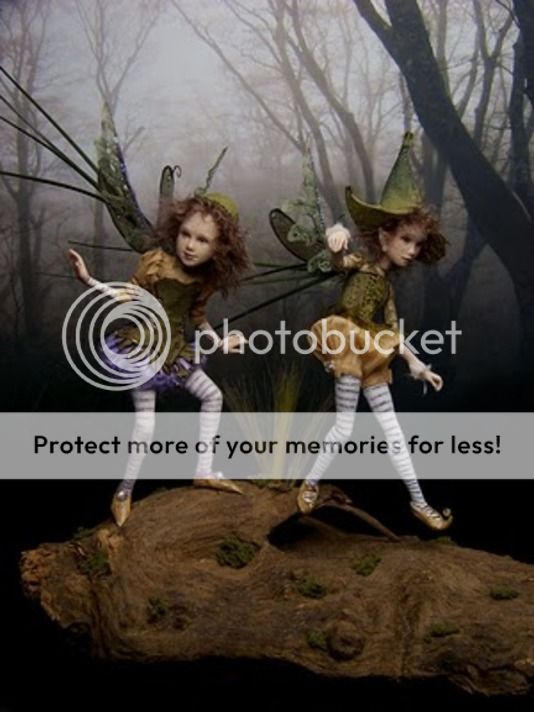
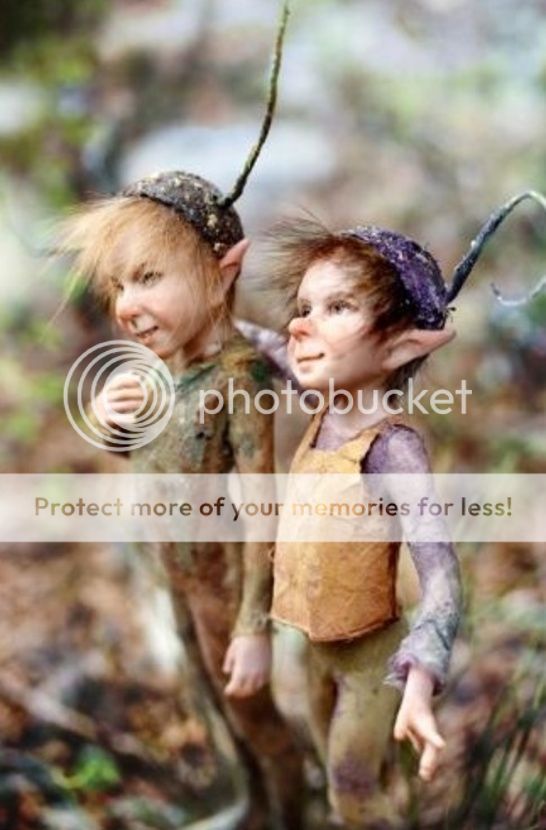
Closely associated with tin mining in Cornwall are the subterranean ancestral knockers.
Pixie mythology is believed to pre-date Christian presence in Britain. In the Christian era they were sometimes said to be the souls of children who had died un-baptised. These children would change their appearance to pixies once their clothing was placed in clay funeral pots used in their earthly lives as toys.
By 1869 some were suggesting that the name pixie was a racial remnant of Pictic tribes who used to paint and tattoo their skin blue, an attribute often given to pixies. This suggestion is still met in contemporary writing, but there is no proven connection and the etymological connection is doubtful. Some 19th-century researchers made more general claims about pixie origins, or have connected them with the Puck, (Cornish Bucca) a mythological creature sometimes described as a fairy; the name Puck is also of uncertain origin.
Until the advent of more modern fiction, pixie mythology was localised to Britain. Some have noted similarities to "northern fairies", Germanic and Scandinavian elves, but pixies are distinguished from them by the myths and stories of Devon and Cornwall.Cornwall and Devon
Before the mid-19th century, pixies and fairies were taken seriously in much of Cornwall and Devon. Books devoted to the homely beliefs of the peasantry are filled with incidents of pixie manifestations. Some locales are named for the pixies associated with them. In Devon, near Challacombe, a group of rocks are named for the pixies said to dwell there.
At Trevose Head in Cornwall 600 pixies were said to have gathered dancing and laughing in a circle that had appeared upon the turf until one of their number, named Omfra, lost his laugh. After searching amongst the barrows of the ancient kings of Cornwall on St Breock Downs, he wades through the bottomless Dozmary Pool on Bodmin Moor until his laugh is restored by King Arthur in the form of a Chough. In some areas belief in pixies and fairies as real beings persists.
In the legends associated with Dartmoor, pixies (or piskeys) are said to disguise themselves as a bundle of rags to lure children into their play. The pixies of Dartmoor are fond of music and dancing and for riding on Dartmoor colts. These pixies are generally said to be helpful to normal humans, sometimes helping needy widows and others with housework. They are not completely benign however, as they have a reputation for misleading travellers (being "pixy-led", the remedy for which is to turn your coat inside out).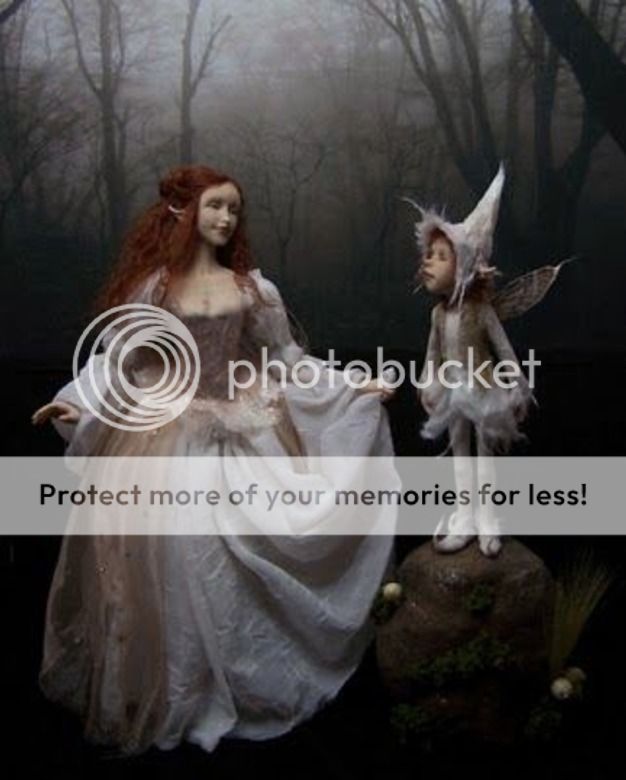
The queen of the Cornish pixies is said to be Joan the Wad (torch), and she is considered to be good luck or bring good luck. In Devon, pixies are said to be "invisibly small, and harmless or friendly to man."
In some of the legends and historical accounts they are presented as having near-human stature. For instance, a member of the Elford family in Tavistock, Devon, successfully hid from Cromwell’s troops in a pixie house.
Though the entrance has narrowed with time, the pixie house, a natural cavern on Sheep Tor, is still accessible.
At Buckland St. Mary, Somerset, pixies and fairies are said to have battled each other. Here the pixies were victorious and still visit the area, whilst the fairies are said to have left after their loss.
By the early 19th century their contact with humans had diminished. In Samuel Drew’s 1824 book Cornwall one finds the observation: "The age of pixies, like that of chivalry, is gone. There is, perhaps, at present hardly a house they are reputed to visit. Even the fields and lanes which they formerly frequented seem to be nearly forsaken. Their music is rarely heard."
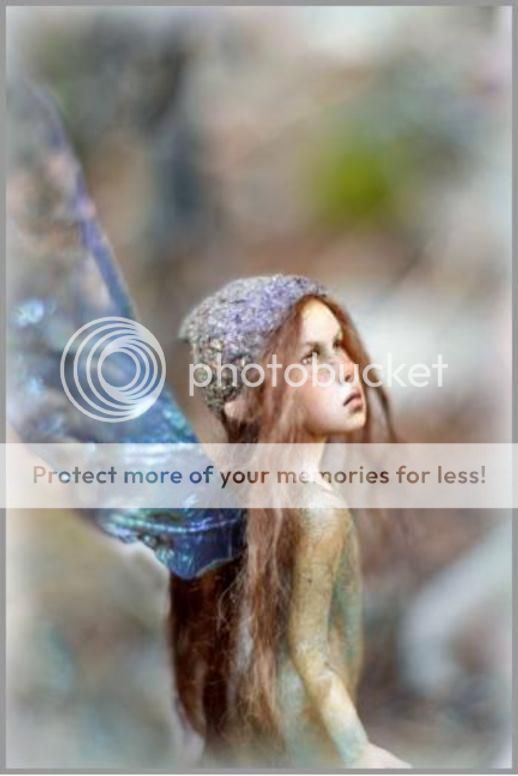
Pixie Day
Pixie Day is an old tradition which takes place annually in the East Devon town of Ottery St. Mary in June. The day commemorates a legend of pixies being banished from the town to local caves known as the "Pixie's Parlour".
The Pixie Day legend originates from the early days of Christianity, when a local bishop decided to build a church in Otteri (Ottery St. Mary), and commissioned a set of bells to come from Wales, and to be escorted by monks on their journey.
On hearing of this, the pixies were worried, as they knew that once the bells were installed it would be the death knell of their rule over the land.

So they cast a spell over the monks to redirect them from the road to Otteri to the road leading them to the cliff's edge at Sidmouth. Just as the monks were about to fall over the cliff, one of the monks stubbed his toe on a rock and said "God bless my soul" and the spell was broken.
The bells were then brought to Otteri and installed. However, the pixies' spell was not completely broken; each year on a day in June the "pixies" come out and capture the town's bell ringers and imprison them in Pixies' Parlour to be rescued by the Vicar of Ottery St. Mary. This legend is re-enacted each year by the Cub and Brownie groups of Ottery St. Mary, with a specially constructed Pixies' Parlour in the Town Square (the original Pixie's Parlour can be found along the banks of the River Otter).
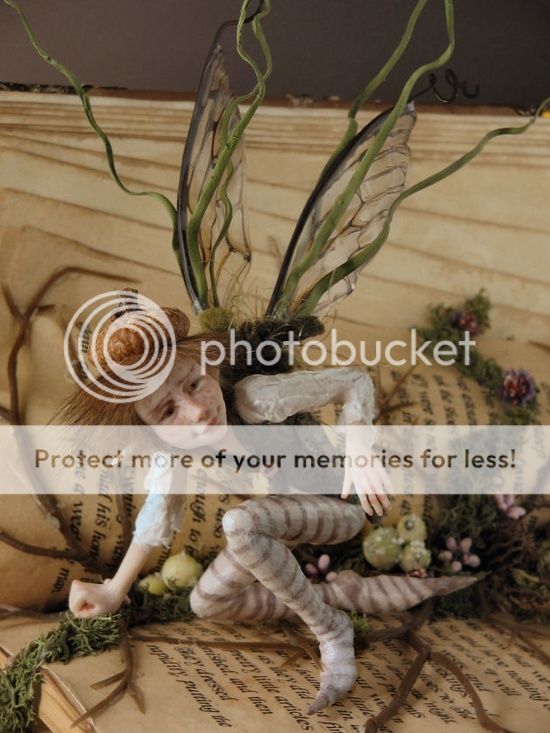
Characteristics
Pixies are variously described in folklore and fiction.
They are often described as ill-clothed or naked. In 1890, William Crossing noted a pixie's preference for bits of finery: "Indeed, a sort of weakness for finery exists among them, and a piece of ribbon appears to be... highly prized by them."
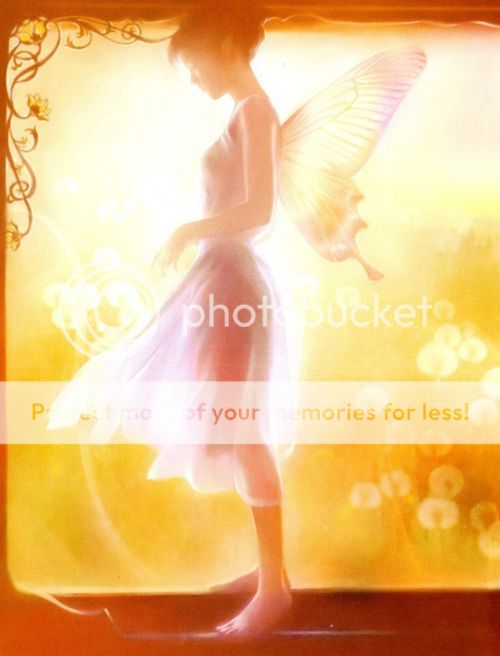
Some pixies are said to steal children or to lead travellers astray. This seems to be a cross-over from fairy mythology and not originally attached to pixies; in 1850, Thomas Keightley observed that much of Devon pixie mythology may have originated from fairy myth. Pixies are said to reward consideration and punish neglect on the part of larger humans, for which Keightley gives examples. By their presence they bring blessings to those who are fond of them.
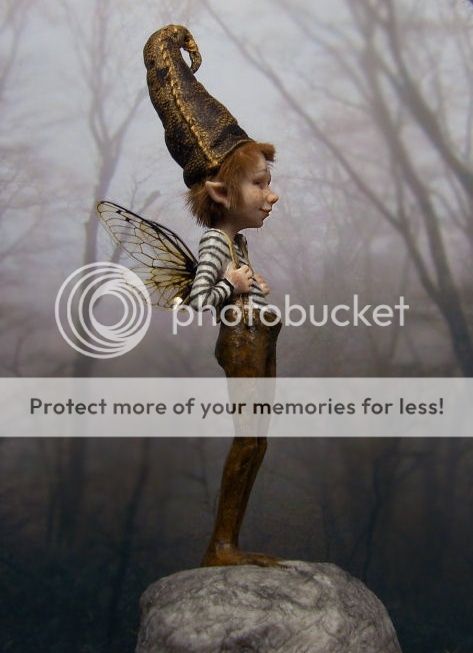
Pixies are drawn to horses, riding them for pleasure and making tangled ringlets in the manes of those horses they ride. They are "great explorers familiar with the caves of the ocean, the hidden sources of the streams and the recesses of the land."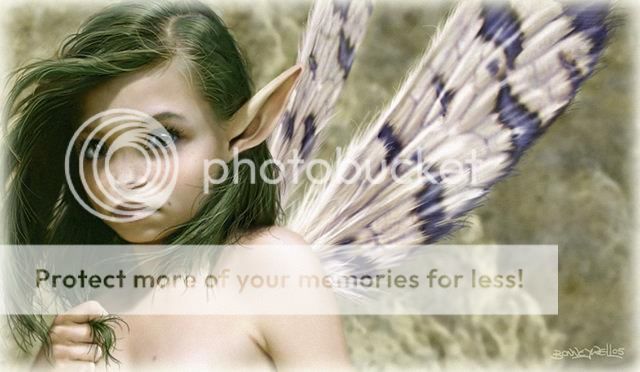
Some find pixies to have a human origin or to "partake of human nature", in distinction to fairies whose mythology is traced to immaterial and malignant spirit forces.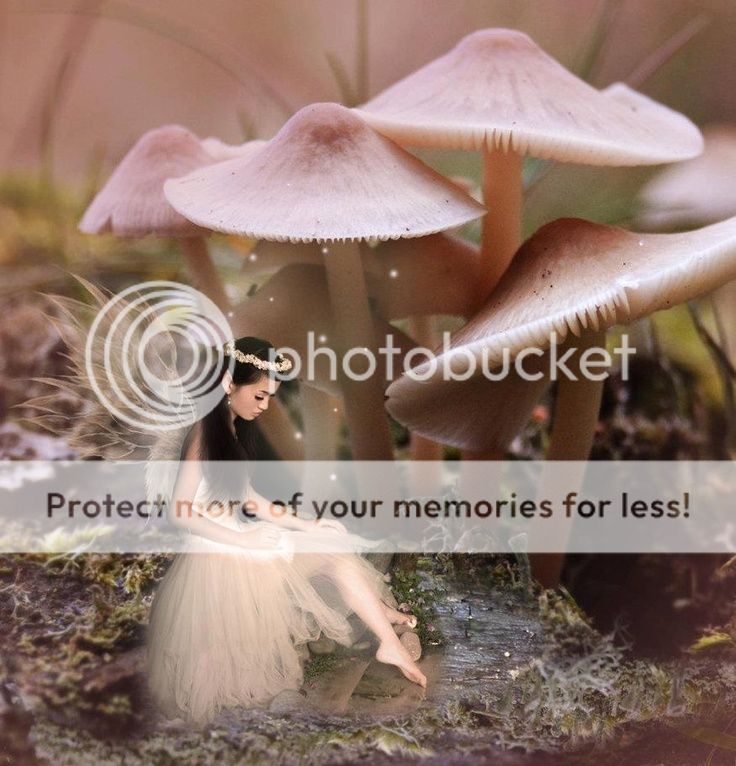

In some discussions pixies are presented as wingless, pygmy-like creatures, however this is probably a later accretion to the mythology.
One British scholar stated his belief that "Pixies were evidently a smaller race, and, from the greater obscurity of the... tales about them, I believe them to have been an earlier race."
Animation
In the Disney film, Peter Pan, Tinker Bell is described as a pixie, although, in the J.M. Barrie play on which the film is based, she is actually a fairy. In the Disney versions she always uses "pixie dust", rather than the fairy dust in the play. In Barrie's original play, Tinker Bell is traditionally staged just as a flying point of light beamed from offstage. Disney continues to use the terms "pixie" and "fairy" interchangeably for Tinker Bell, and associated spin-offs.
In The Fairly OddParents, the pixies are recurring villains who are dull, wear grey suits, speak in monotone voices, wear pointy caps and, unlike the fairies, treat magic like a business. Instead of wands, they carry cellphones. The Head Pixie (H.P. for short), and the other male pixies are all voiced by Ben Stein. The female pixies are not seen. This is due to them being named after pixels.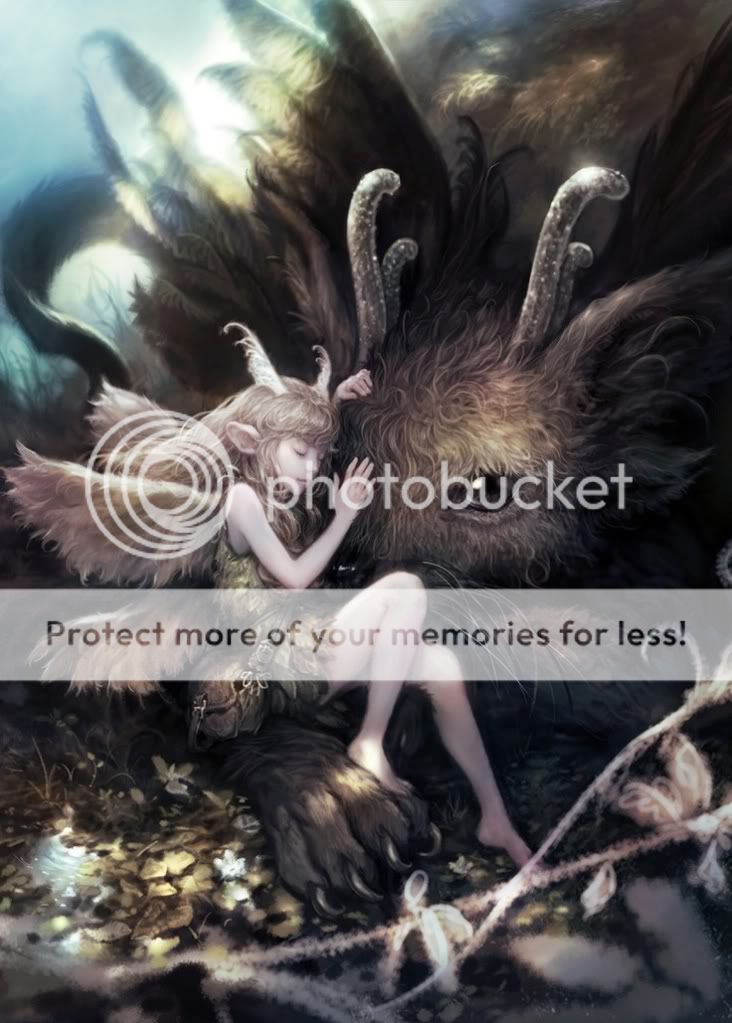
Pixies also make an appearance in the second season of "Winx Club". In this version, it seems that almost all pixies are females, and while they do use their magic as a carrier matter based on their talents (Examples: Chatta for Gossip, Lockette for Portals, Amore for True Love, Tune for Good Manners, Digit for Nano-tech, and Piff for Sweet Dreams), these pixies are more colourful, more fun-loving, and more voice-variant in spite of having the same toddler-like, high-pitched accent from their natural toy-like size.
Also, the Winx Club pixies are friends with fairies. In fact, each pixie bonds at first sight with her fairy of fate (like "soul mates" or "twin sisters") and helps her any way their talent would allow and that fairy, in turn, protects her pixie.
Source: http://en.wikipedia.org/wiki/Pixie.
Pixie! Pixie! Looking for Pixies!3 Gennaio 2014 |


